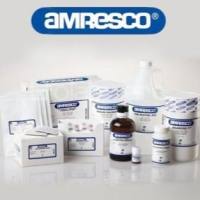In vitro hepatocyte models represent very useful systems in both fundamental research and various application areas. Primary hepatocytes appear as the closest model for the liver in vivo. However, they are phenotypically unstable, have a limited life span and in addition, exhibit large interdonor variability when of human origin. Hepatoma cell lines appear as an alternative but only the HepaRG cell line exhibits various functions, including major cytochrome P450 activities, at levels close to those found in primary hepatocytes. In vitro hepatocyte models have brought a substantial contribution to the understanding of the biochemistry, physiology, and cell biology of the normal and diseased liver and in various application domains such as xenobiotic metabolism and toxicity, virology, parasitology, and more generally cell therapies. In the future, new well-differentiated hepatocyte cell lines derived from tumors or from either embryonic or adult stem cells might be expected and although hepatocytes will continue to be used in various fields, these in vitro liver models should allow marked advances, especially in cell-based therapies and predictive and mechanistic hepatotoxicity of new drugs and other chemicals. All models will benefit from new developments in throughput screening based on cell chips coupled with high-content imaging and in toxicogenomics technologies.






